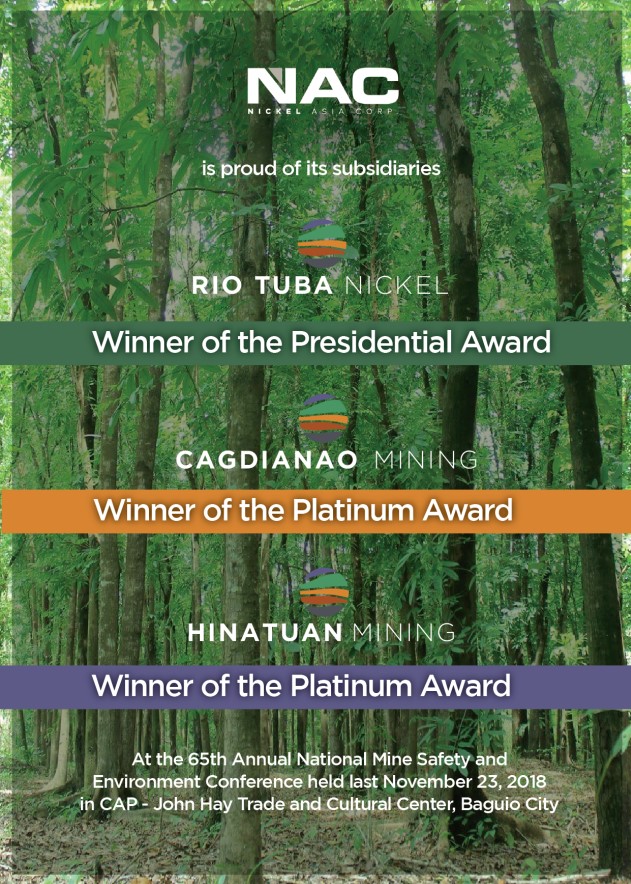Pogo Grande’s ‘High Noon Blast’ tradition to continue
BANG-BANG-BANG-BOOOOM
DESPITE growing concerns over health and safety factors involved in the traditional January 1 High Noon Blast in Barangay Pogo Grande, the barangay officials are not about to stop the tradition.
“We will not stop till a higher authority tells us.”
This was the position of the barangay council echoed by Pogo Grande Barangay Chairman George Galvan, in defending his village’s tradition lighting and exploding firecrackers in rapid succession that normally lasts 15-20 minutes every year, 12 noon of January 1.
This is a tradition that the people of Pogo Grande expect to see every year, said Galvan who is now completing his third and last term of office in 2016, adding that as far as he can remember this started more than 10 years ago.

All set for the final bang with illegal firecrackers.
Up to 100,000 pieces of firecrackers, big and small, were again lit and exploded in rapid succession in the barangay as it always did every year on January 1, exactly 12 hours after the midnight revelry welcoming the New Year.
Galvan lit the wick that started the firecracker explosions at exactly 12 noon and was capped by a crescendo of explosions of big-sized firecrackers and whistle bombs at 12:20 p.m.
The 100,000 firecrackers, mostly composed of the Judas Belt, strung together crisscrossing 300 meters of the Pogo Grande barangay road leading to Pogo Chico Road.
The organizers said the distance this year is shorter than in 2014.
There were no injuries among the spectators this time, unlike last year’s edition when 11 persons were hurt and rushed to the Region 1 Medical Center in Dagupan City for treatment of burns.
In that incident, those hurt were not from village residents but visitors from Calasiao, Galvan said.
“This is because, we adopted all safety measures available, one of which is, we had the fire trucks of Panda Firefighting Brigade following the route of the explosions, and three ambulances sent by the city government on standby to evacuate possible victims of firecrackers, ” he said.
He said it was the barangay kagawads (councilmen) who prepared the firecrackers to make sure that these were firmly attached and no fragments will not fly in the direction of the location of the spectators.
The barangay residents and their visitors were visibly more prepared by putting on earphones to minimize the impact of the ear-splitting sounds of the explosions within stone’s throw that last for 20 minutes.
Pogo Grande is known as the firecracker central in the city. The residents consider firecracker manufacturing as their seasonal livelihood.
“We bought all the firecrackers for the tradition from them (resident manufacturers) using our own funds,” Galvan said in Pilipino. However, he didn’t clarify if the funds were sourced from barangay funds or personal contributions.
Will the barangay consider stopping the tradition for any reason anytime soon? No, and until higher authorities intervene and order them to stop, Galvan intoned.








